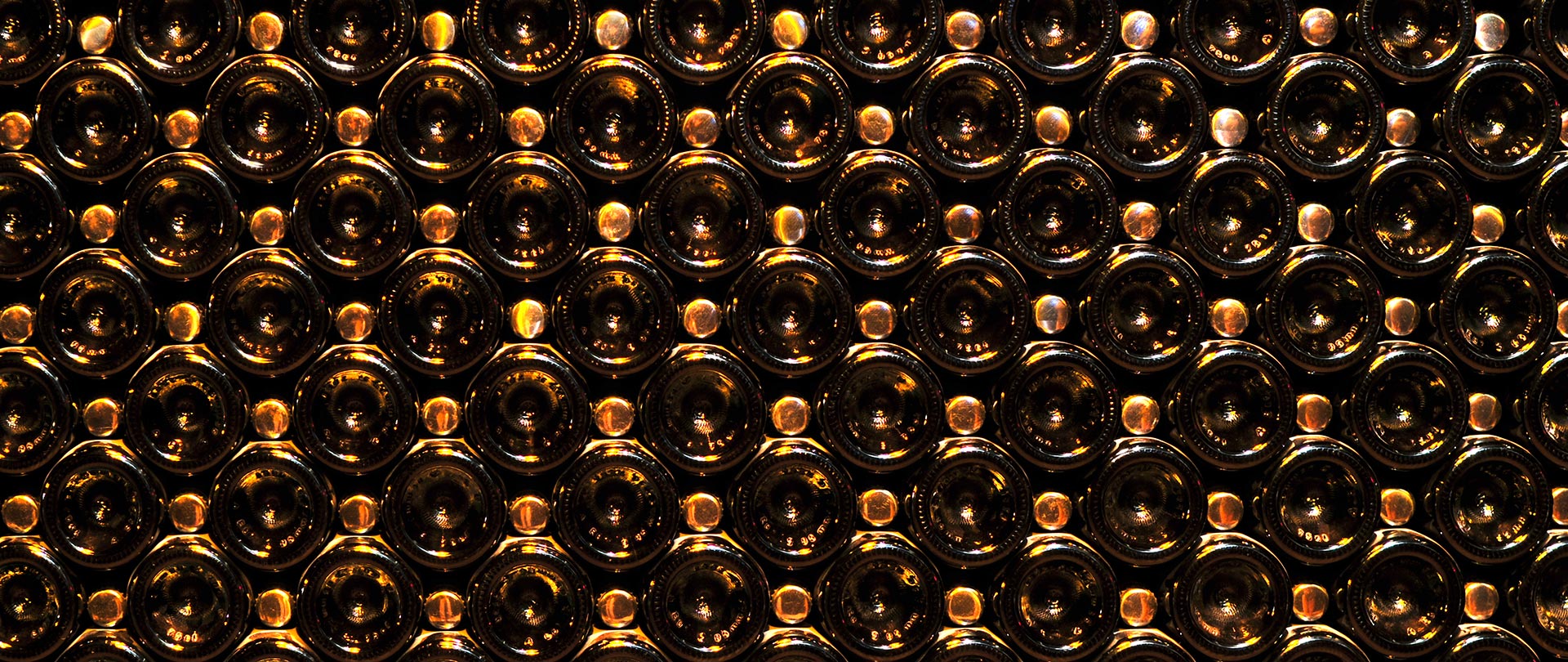I get asked all the time—how should I store my wine? Should I keep it in the fridge? Does it matter if it’s upright or on its side? Can I keep it for a year or two? And what does “laying a wine down” actually mean?
If you’re buying wine to enjoy now and again, or thinking of putting a few bottles aside for something special down the line, knowing how to store it properly can make a big difference. Let’s break it down.
Why Wine Storage Matters
Wine is alive. It’s a natural product, and once it’s bottled, it keeps changing—sometimes for the better, sometimes not. Poor storage can flatten out flavours, kill off aromas, or worse, spoil the wine altogether.
Think of it this way. You wouldn’t leave fine cheese in a hot kitchen and expect it to be perfect a week later. Wine is no different. Whether you’re keeping a bottle for the weekend or hoping to open it on a future anniversary, how you store it matters.
For Drinking Now: Keep It Simple
Most wine today is made to be enjoyed within a year or two of release. If you’re picking up a crisp New Zealand Sauvignon Blanc, a soft Provence Rosé, or a fresh English sparkling, chances are it’s ready to go.
Here are a few tips to keep those wines tasting as they should:
1. Cool, dark, and steady wins the race
Ideally, wine should be stored around 12–15°C. It doesn’t have to be exact, but the key is stability. Temperature fluctuations cause the wine to expand and contract, which can push the cork out or let air in. Neither is good.
A cool cupboard or shaded area under the stairs can work well. Try to avoid kitchens or boiler cupboards where the heat goes up and down.
2. Avoid the fridge for long-term storage
Fridges are great for chilling wine short-term—but not for long-term storage. It’s too cold, too dry, and full of vibrations. If you want your white or fizz ready to go, pop it in the fridge the day before you need it, but don’t leave it there for weeks.
3. Lay bottles on their side—if they’re corked
If the bottle has a cork, lay it down to keep the cork moist. A dry cork can shrink, letting air in and ruining the wine. If the bottle’s under screwcap (like many of the New Zealand or English wines I stock), upright is fine.
For Drinking Later: A Few Months to a Few Years
Let’s say you’ve got a few bottles of red or a nice vintage sparkling that you don’t want to open just yet. You’re not building a wine cellar—but you do want to give the wine a chance to open up over time.
What happens when wine ages?
When stored well, good wines can soften, deepen, and become more complex. Tannins smooth out. Acidity integrates. Aromas develop—from fresh fruits to more savoury, earthy tones. It’s not just about longevity—it’s about evolution.
That said, not all wine improves with age. A light Beaujolais will fade after a year or two. A fuller-bodied Bordeaux or Châteauneuf-du-Pape might peak after 5 to 10.
So how do you decide?
Which Wines Can You Lay Down?
I often advise customers on this—whether you’re building a small personal selection or thinking of a long-term wine gift for someone special.
Here’s a general guide, with examples I stock:
1. Red wines with structure
Look for reds with firm tannins, good acidity, and bold fruit.
- Château Berne Grande Cuvée (France): Full-bodied, age-worthy. Will soften over 5–7 years.
- Bordeaux-style blends: Look for Cabernet Sauvignon, Merlot, Malbec blends with 13%+ alcohol and deep colour.
2. White wines with freshness and minerality
Not all whites are short-lived. Chablis, for example, ages beautifully due to its acidity and mineral profile.
- Domaine de Chaude Écuelle Chablis (France): Can develop richer, honeyed notes after 3–5 years.
- English white wines (like some Bacchus or Chardonnay): Store up to 2–3 years if well made.
3. Sparkling wines
Good fizz can age too. Champagne especially, but also some English sparkling.
- Gonet Sulcova Blanc de Blancs Champagne: Elegant now, but will gain richness over 5+ years.
- Silver Reign Sparkling Rosé (Kent): Great freshness now, and will hold well for 2–3 years.
Conditions for Long-Term Storage
If you’re planning to lay wine down for several years, storage becomes more critical.
1. Temperature: Around 12°C, steady
Cellars are ideal, but not everyone has one. Consider a wine fridge if you’re serious about keeping bottles for years.
2. Humidity: 60–70%
This keeps corks from drying out. If the air is too dry, corks shrink. If it’s too damp, labels mould—but the wine may still be fine.
3. No sunlight
UV rays can damage wine and cause it to age prematurely. Always keep bottles away from light.
4. Vibration-free
Wine doesn’t like to be shaken or moved constantly. Avoid storage near washing machines or heavy foot traffic.
Common Mistakes to Avoid
❌ Don’t store wine in your kitchen
The temperature swings are too aggressive, especially around ovens and appliances.
❌ Don’t keep bottles near strong smells
Wine breathes through corks, and strong odours—like petrol or paint—can taint the wine over time.
❌ Don’t save wines for too long if they’re not built to age
That fresh rosé you loved last summer? It won’t get better next year—it’ll likely lose its zip.
Real-Life Examples From My Customers
I had a customer in Portree who picked up a case of English sparkling last year and stored it in their loft. Unfortunately, the temperature extremes ruined the wine. The bottles were hot in summer, freezing in winter. When opened, the sparkle had gone and the flavour was dull and flat.
On the other hand, one regular on Waternish set aside a few bottles of Bordeaux in a wine fridge he bought second-hand. After 5 years, they opened one on their anniversary—soft tannins, rich plum fruit, subtle spice. It was exactly what wine ageing should be about.
Do you want that kind of payoff for your patience?
How Much Wine Should You Store?
You don’t need to store hundreds of bottles. Even keeping 6 or 12 aside—some to enjoy over the next year, others to open over time—can add a lovely rhythm to your wine life.
Do you find it difficult to choose which wines are worth saving? That’s something I help customers with all the time. I can recommend wines to enjoy now, wines to open over the holidays, and wines to lay down for future milestones.
Getting the Most from Your Wine
If you’re on holiday here on Skye, maybe you’d like your wine ready and waiting in your accommodation when you arrive. No last-minute supermarket dash, no guessing what pairs with your seafood platter or steak dinner.
Or maybe you’re ordering from further afield and want a wine delivery that feels like it’s been curated just for you.
Would you like to access a better variety of hand-picked wines that are affordable but different from the crowd?
Wrapping Up: Storing Wine Is About Respecting the Craft
At the end of the day, storing wine properly is about showing respect—for the wine, for the winemaker, and for your own time and money. Wine is meant to be enjoyed, not spoiled by poor storage or left too long and forgotten.
Whether you’re drinking this weekend, sharing something at Christmas, or laying bottles down for a future celebration, getting the storage right helps make every glass count.
If you’d like help choosing the right wine for now or later—or want to know how to get wine delivered to your door across Skye or the UK—get in touch with me directly or visit www.wineguyonskye.com.
Let’s make your wine work harder for you—wherever you are.

